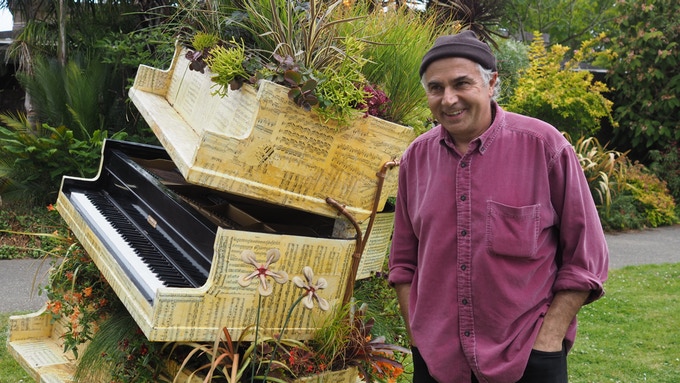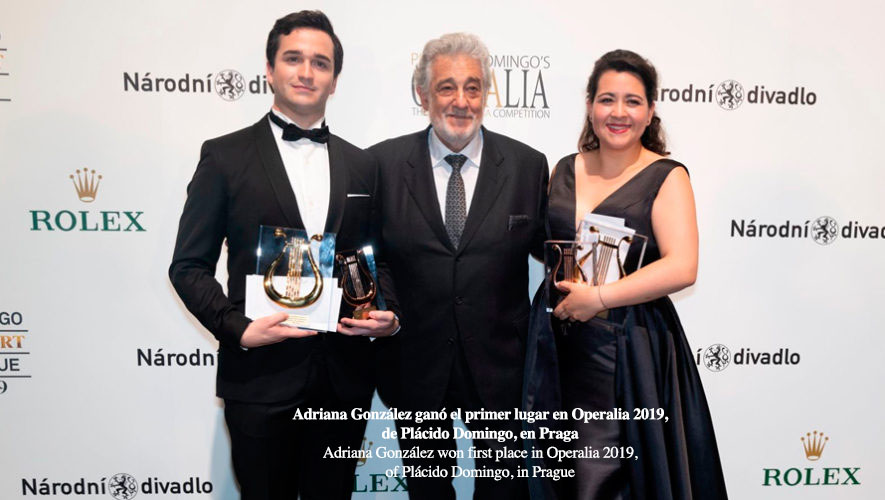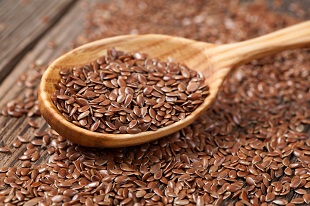Compiled by the El Reportero’s staff
The Annual Flower Piano event at San Francisco Botanical Garden is this July.
One of the co-founders of this huge annual event is an Argentinian artist named Mauro Ffortissimo.
In 2013, Mauro covertly rolled an old grand piano onto the bluffs over Half Moon Bay. As word spread through social media, the crowds grew way beyond the occasional dog walker. Thousands came to hear the music before the county ordered it removed.
Since then, he and co-founder Dean Mermell and their organization called Sunset Piano have expanded this impromptu musical and social experiment, temporarily placing pianos in a wide variety of unexpected natural and urban settings around the Bay Area every year, from the top of Montara Mountain to Market Street. Flower Piano is their most ambitious project … now welcoming over 60,000 people each year.
Now in its fifth year, Flower Piano is a very unique interactive festival of music in nature that has become a cherished Bay Area tradition for all ages. It transforms the Garden into an outdoor concert hall for twelve days, and the public is invited to play and listen. Twelve pianos are placed among the many flower-filled gardens within the Garden’s 55 acres and are available for anyone to play each day July 11-22 from 9 a.m.-6 p.m., except during select performances by professional pianists which this year includes performances by Francisco Rosales Ensemble: Musica Tradicional Cubana; La Mantia: Afro Caribbean Latin Argentinian Jazz Originals; Paulo Sultanum & Casulo: a Brazilian Bossafolk Experience; and more.
The artistic community of San Francisco and the Bay Area presents ‘La Diáspora Festival’
An International Cultural Festival taking 20 artists from the Bay Area to Puebla, Mexico in 2019
The kickoff event and fundraiser for La Diáspora Festival will take place on Wednesday. This fundraising event will showcase the work of participant artists such as La Gente SF, Andreina Maldonado, Benjamin Baker, Ilia Correa, and Keith Secola.
La Diáspora Festival celebrates the convergence of artists from migrant communities from Latin America living in the United States and our journey back to our motherlands. The Festival aims to showcase the cultural representation of migrant communities in the United States while reconnecting the artists with their roots.
Through a series of fundraising events and a crowdfunding campaign, this collection of artists is raising $15K in order to pay for the production, travel expenses and creation of a short film to document the journey that they are embarking on.
Arturo Méndez is the producer and director of the Festival.
On Wednesday, July 17 at 6 p.m., at Artillery Gallery, 2751 Mission St., San Francisco. For more information contact Arturo Méndez at 415.846.0528, or email at arturomendezsf@gmail.com.
Gardening at your Local Library
July gardening programs for all ages, all size gardens
This summer the public is invited to dive into the dirt with gardening events at San Francisco branch libraries across the City. Participants can learn about succulents, worm composting and how to garden in an apartment.
They can pick up new plants at the Ortega Branch plant swap or swing by the Portola Branch in San Francisco’s official Garden District to check out the “seed library” or help maintain their flourishing garden. Author/gardening expert Pam Peirce will discuss how to get the most from a small-space San Francisco food garden at the Sunset Branch.
Along with Fog City Gardener, teens and tweens can learn to harvest honey, arrange flowers and support bees.
https://sfpl.bibliocommons.com/list/share/379730047_sfpl_busscilibrarians/1379653757_celebrating_san_franciscos_conservatory_of_flowers
All San Francisco Public Library programs and exhibits are free and open to the public.










